At various Chinese festive events, the beautiful and elegant Chinese knots often appear as important decorations. As a traditional Chinese handicraft, it originated from knotting for record-keeping and has been widely used in daily life since then.
To know more about Chinese knots, one must understand Basic Knots, which are the smallest units that can be combined and varied to create complex knot patterns, and they are the basic knotting method used in making Chinese knot art. Complex variations and combinations of these basic knots can be created through the use of these fundamental knots. This article will primarily focus on the forms and meanings of 12 basic Chinese knots.
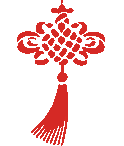
Flat Knot
The flat knot is an ancient and simple knot that can be made by winding one end of a line around the other line, with the later one being the axle. This knot can also be made with only one line by winding around an object to form a knot.
Flat knots, while simple in appearance, are flat and easy to undo, which makes them widely used in daily life. They can be used to tie things together or to make bracelets, hanging chains, and other decorations, representing a peaceful and happy life.
Double Connection Knot
The double connection knot is formed by overlapping two single knots and is shaped like an X, which symbolizes the harmonious marriage of matched couple. It can also be interpreted as a symbol of academic success or a wish for a successive surplus of wealth.
This knot is both practical and decorative. Due to its small size, it can be used to prevent cords from becoming untied at the beginning or end of cord weaving. It can also be continuously woven to make bracelets, among other things.
Wan Character Knot
The Wan (万) character knot is also one of the basic knots of Chinese knots, and it is named after the shape of the knot that looks like a "卍" character. The symbol represents good fortune, and longevity. In Chinese, 卍 and 卐 are both pronounced "wàn". Both of them are ancient and widely spread symbols found in various ancient civilizations.
The Chinese interpretation of the meaning of "卍" is mainly based on the Buddhist culture that was introduced to China after the Han, Wei, and Jin dynasties. Therefore, it is common to see this symbol in temples and Buddhist statues.
It was translated as "万" in the "Shi Di Jing" during the Northern Wei Dynasty, and Empress Wu Zetian of the Tang Dynasty defined the pronunciation of "卍" as "万," which means "the gathering of auspicious ideas and virtues."
Caisson Knot
The Caisson knot is named after its central “井” shaped feature and symmetrical diagonal lines. This knot emphasizes orderliness, justice, and harmony. The Tang Dynasty Buddhist statues in the Longmen Grottoes feature this knot.
In ancient Chinese palace-style architecture, the painted and colorful ceilings were called "Zao Jin (藻井, caisson)" and they were mainly used above the main statues of gods in temples or above the throne of the emperor in a palace. Many examples of Zaojing patterns can be found in Dunhuang murals.
Auspicious Knot
Auspicious knots are developed from the cross knot, which is also an ancient decorative knot that represents good luck, auspiciousness, and beauty. The knot is beautiful and varied, making it broadly applicable in various situations.
An Eastern Han period sachet featuring auspicious knots at both ends was unearthed in Xinjiang, China. These knots not only enhance the aesthetic appeal of the sachet but also convey the wishes of the user for good luck and blessings.
Plate Long Knot
The plate long is a symbol that has been passed down for thousands of years, representing the harmony of yin and yang and the continuation of life. In daily use, this knot represents longevity, mutual dependence, and everlasting love.
In a Song dynasty genre painting "Driving Away Devils" housed in the Forbidden City Museum, one figure is shown wearing a long knotted cord on their wrist, adorned with plate long ornaments.
Round Brocade Knot
The round brocade knot, also known as the six-flower knot, features a full, rounded shape with a cluster of flowers, representing reunion, unity, and a bright future with endless possibilities.
On a Tang dynasty silver pot with a horse drinking housed in the Shaanxi Historical Museum, there is a round brocade knot woven from a decorative ribbon around the horse's neck.
Cloverleaf Knot
The cloverleaf knot is named after its shape, which resembles that of the cloverleaf plant. The cloverleaf is viewed as a lucky charm, which is why this knot is also referred to as the "lucky knot," symbolizing good luck and good fortune.
The cloverleaf knot is primarily used for traditional clothing accessories, such as belts. It can also be hung up as a decoration on other objects. In the Tang dynasty painting "A Palace Concert" in the Taipei Palace Museum, palace maids sit on stools with small rings attached, and cloverleaf knot attached to the rings.
Cross Knot
The cross knot is named after its "十" shape, which signifies satisfaction or perfection.
The Ribbon Knot
The ribbon knot is a double-line cross-shaped knot with doubled loops. The ribbon was an important accessory to indicate identity and status in ancient times. It's still a part of formal wear today, but the ribbon knot has gradually become a pure decorative ornament.
Double Coin Knot
The double coin knot, features two knots that mimic the shape and size of old bronze coins. This knot symbolizes abundant wealth and a steady stream of income.
The earliest known physical example of the double coin knot was discovered in 1996 at Yanjiaqiao, Hangzhou City, dating back approximately 4,000 years to the late Liangzhu Culture. In the Han dynasty bronze artifacts and brick-and-stone portrait carving, the Double Coin Knot was widely used either as an independent pattern or combined with other knots.
Button Knot
The button knot is a type of button used in ancient China, and it was distinct from the lanyard knot that ties strings. The button knot was used on clothing to fasten closures, and this knot's name is derived from that use. The button knot is not only used in clothing but also has become an ornamental knot.
In the Gansu Museum, there is a Tang dynasty red embroidered bag with multiple button knots on its pull strings, which emphasize their decoration.
Today, people will hang a plate long knot on a wedding curtain to bless the newlywed couple, and never separate; an auspicious knot could be hung to attract good luck; We can either weave a red string into a bracelet and wear it on our wrist to ward off illnesses and misfortunes and bring peace and good luck. Chinese knots not only showcase a traditional handicraft but also carries on the Chinese culture. Every single knot embodies the sincerest wishes of a better life.
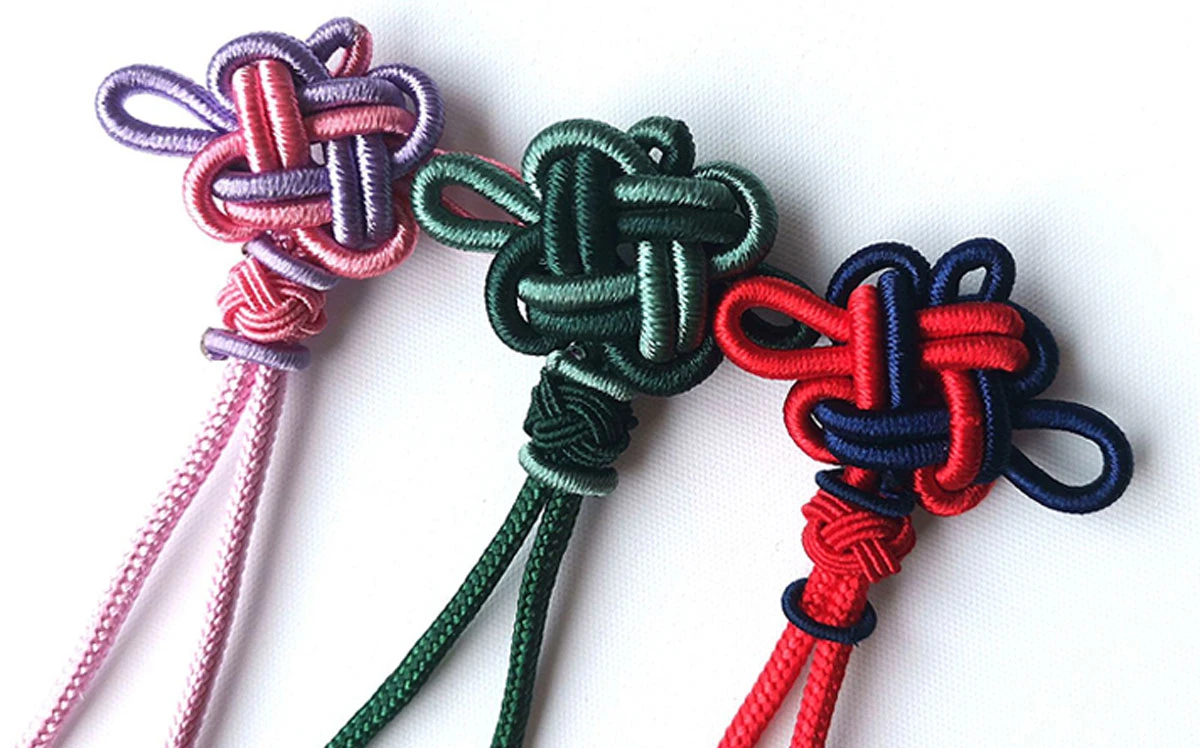
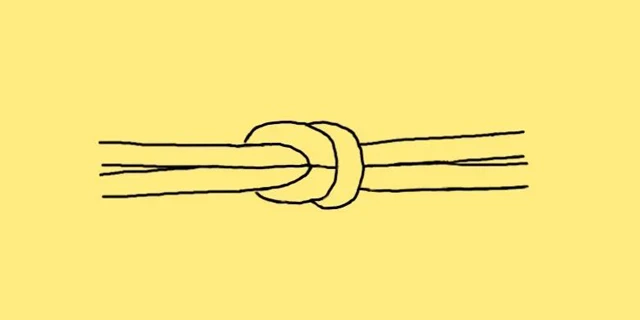

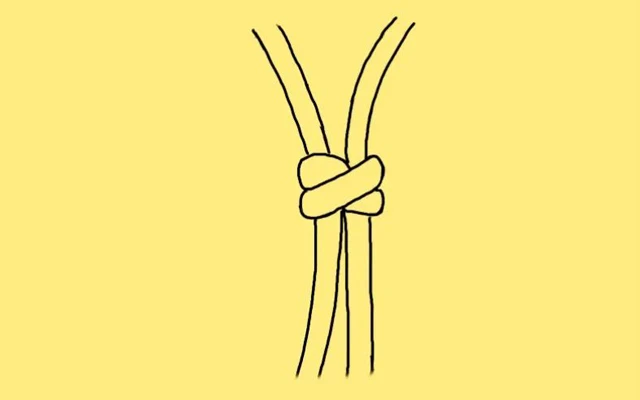
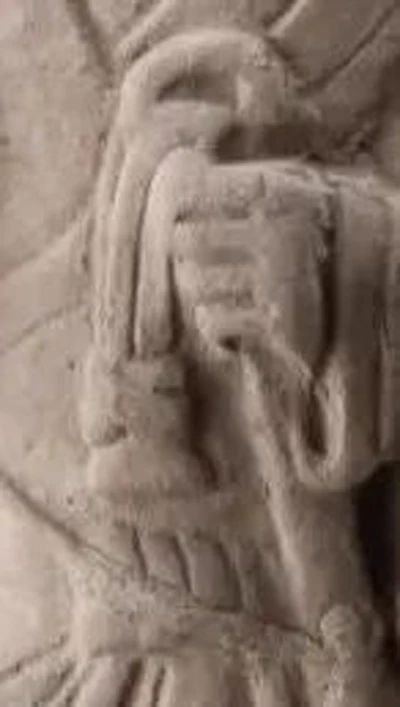


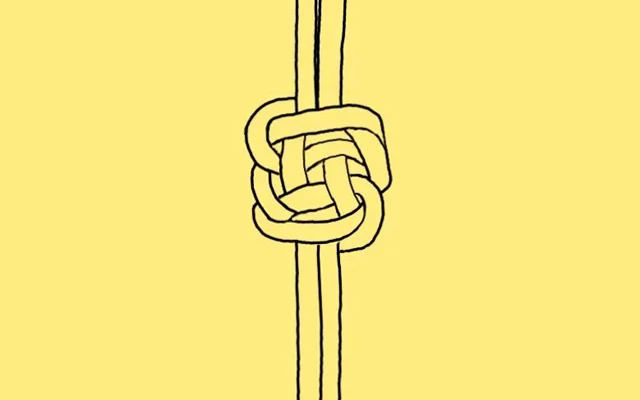
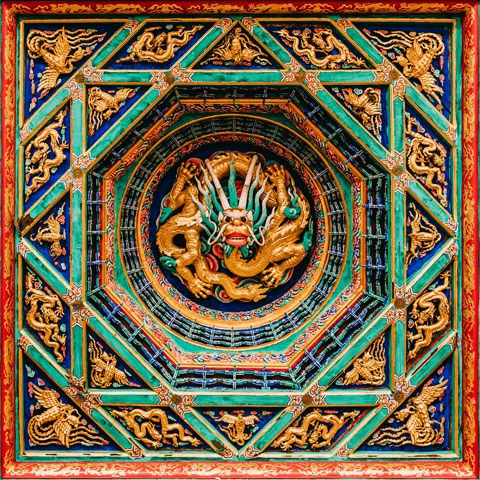
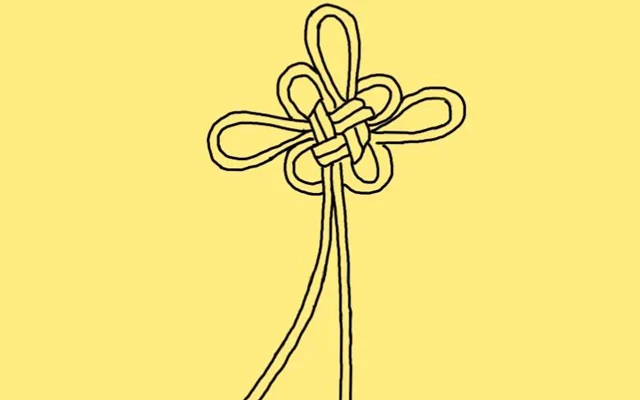
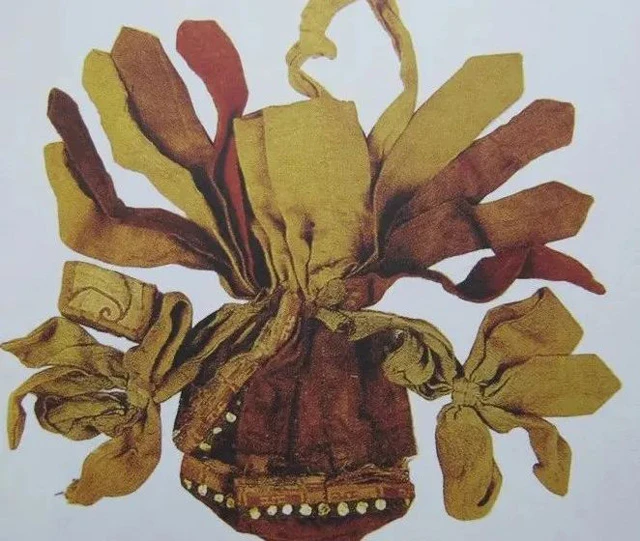
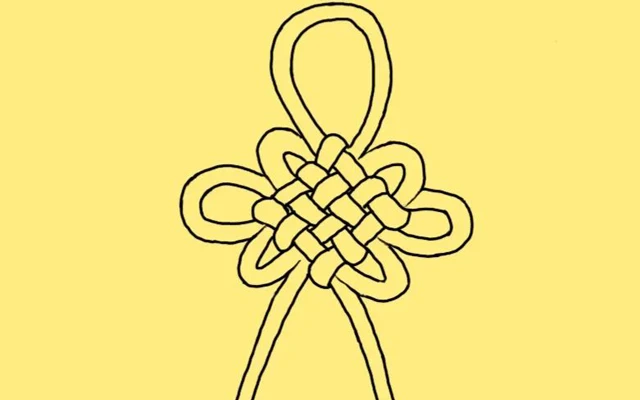
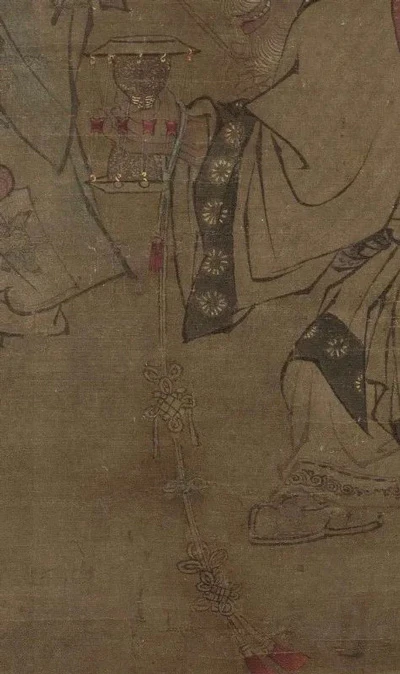
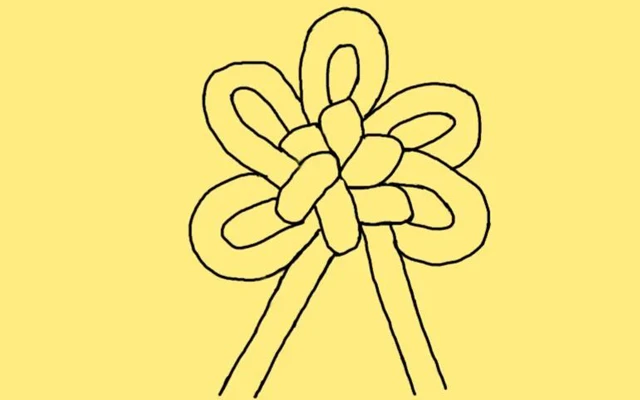
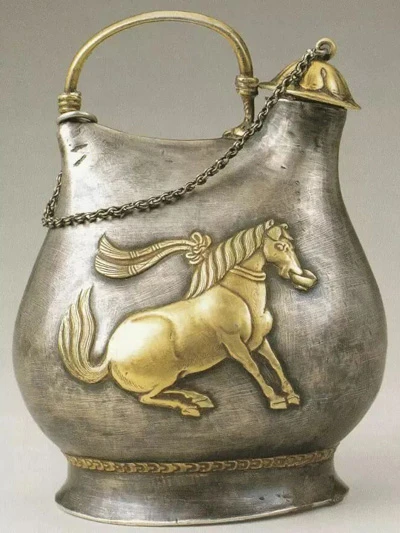
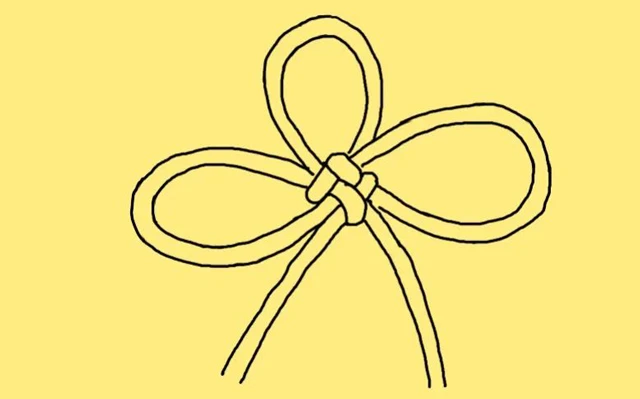
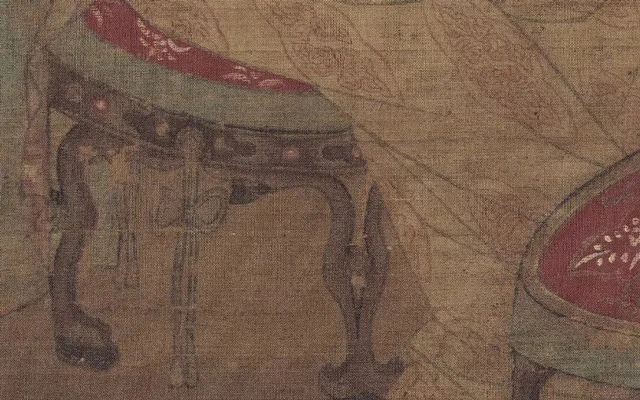
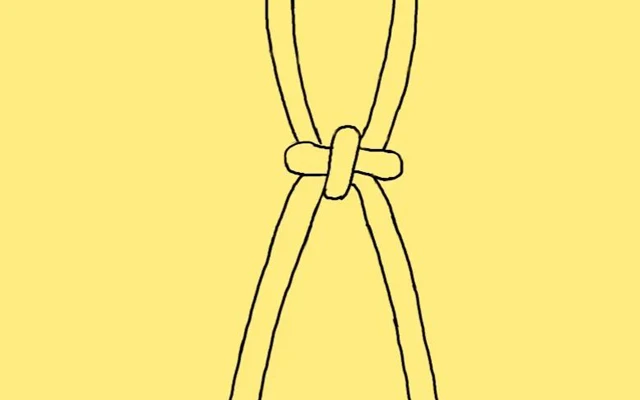

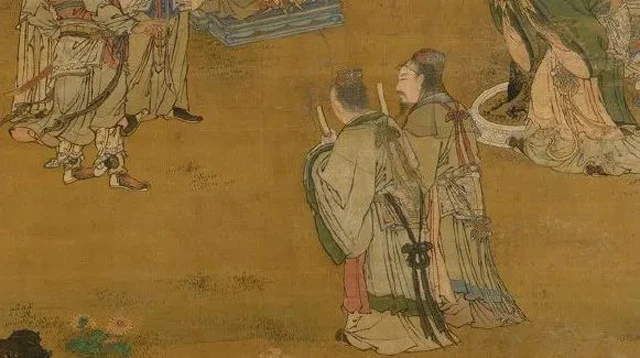
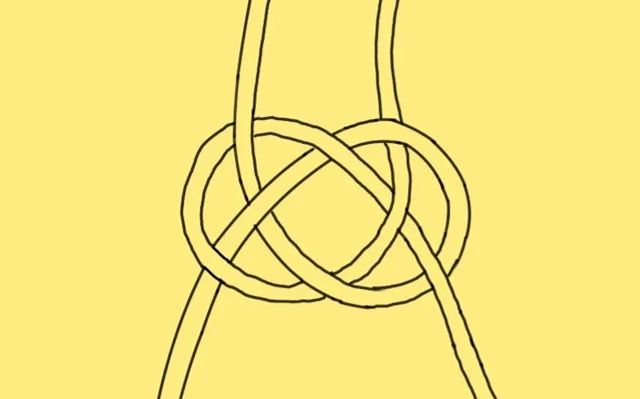
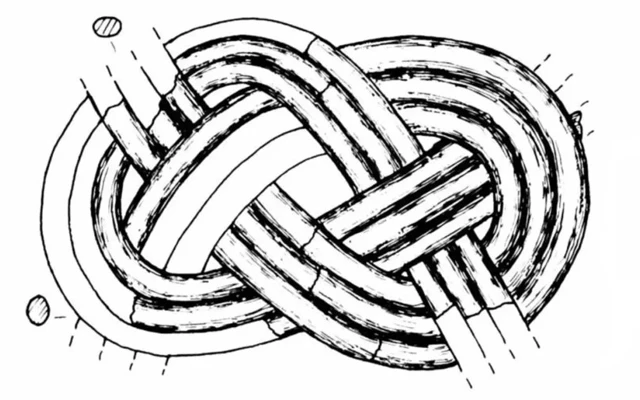
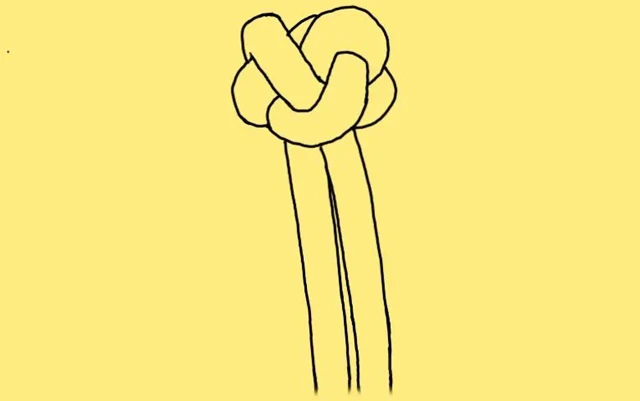
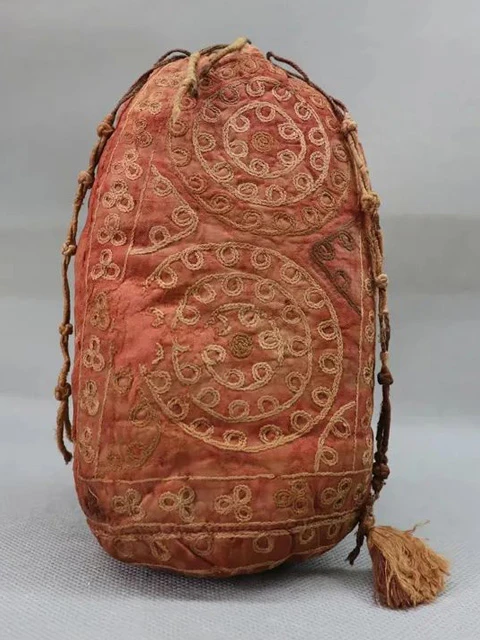


I almost forgot about those. Simple addition to anything really♥
Great, this article is very helpful!
Sorry about the unreadabiity of my previous comment, I forgot that all carriage returns are removed. In any case, if you have any interest in Chinese knotting, you should get Chinese Knotting by Lydia Chen (available in English and currently in print, translated from the original Chinese).
Thank you for the book recommendation! I will definitely check it out.
Some more common names and/or Western names should you want to search for (how to tie) them on the 'net: Flat knot: reef knot, hercules knot, square knot Double connection: 2 strand matthew walker knot Wan character: sauvastika, buddha Caisson: plafond Auspicious: good luck Plate long: pan chang, endless knot, mystic knot Ribbon: tassel knot Double coin: carrick bend Chinese button: two strand diamond knot, knife lanyard knot, marlingspike lanyard knot, single strand diamond knot There's a huge and active community (in Chinese) at zhongguojie dot org.
woah!!! That is cool, because ive been looking for something like this for a long time! I am able to make the Wan character knot and the Auspicious knot and i had no idea how they were called before this XD